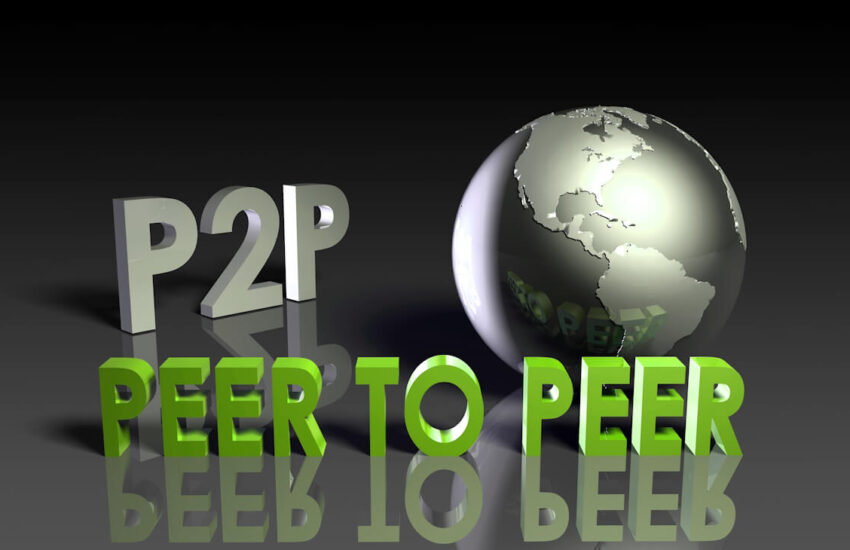Peer-to-peer (P2P) lending, a method of debt financing, has been gradually shaking up the traditional banking system. Peer-to-peer lending platforms bring lenders and borrowers together, eliminating the need for conventional banking intermediaries. With its increasing prevalence, it’s vital to understand the role credit ratings play in P2P lending and to carefully examine the advantages and disadvantages of this emergent finance mode.
Unsecure & Secured P2P Lending
Many P2P loans are unsecured, meaning they do not require collateral. These unsecured loans are often personal loans used for things like debt consolidation, home improvements, or other expenses. They’re generally based on the borrower’s credit score, income level, and other financial information.
There are other P2P platforms that offer secured loans, where a form of collateral—like a car, home, or other assets—is required. In such cases, if the borrower defaults on the loan, the lender can claim the collateral to recoup their investment. This can reduce the risk for the lender and may allow for more substantial loans or better interest rates for the borrower.
Credit Score in P2P Lending
A credit score, an essential factor in traditional lending models, is a statistical measure that evaluates the creditworthiness of an individual. High credit scores signify low default risk, while lower scores denote higher default risk. In the traditional model, banks use credit scores to determine the feasibility of granting loans, whether or not a cosigner is needed, the interest rates, and loan terms.
However, P2P lending platforms present a different scenario. Even though these platforms still consider credit scores to determine loan eligibility and interest rates, they offer a degree of flexibility not found in conventional lending institutions. P2P platforms often cater to borrowers with lower credit scores or previous bankruptcy who might struggle to secure loans from traditional banks. This flexibility does not mean that the importance of maintaining a good credit score is diminished. On the contrary, better credit scores usually translate to more favorable loan terms and lower interest rates.
Advantages of Peer-to-Peer Lending
Accessibility: P2P lending platforms provide an accessible platform for borrowers who might not meet the stringent requirements of traditional banks. As stated earlier, these platforms accommodate borrowers with lower credit scores, thus democratizing access to credit.
Competitive Interest Rates: Due to the reduced operational costs compared to traditional banks, P2P lending platforms can offer competitive interest rates for both lenders and borrowers. Borrowers often obtain loans with auto finance costs, while lenders enjoy higher returns on their investment.
Speed and Efficiency: P2P lending platforms leverage technology for streamlined operations, making the loan application and approval process faster and more efficient than traditional banks. Loans can be approved in a matter of days, or even hours, a stark contrast to the weeks that traditional banks often require.
Disadvantages of P2P Lending
Risk to Lenders: The risk of default is more significant in P2P lending. Although platforms assess a borrower’s ability to repay loans, there are fewer protections for lenders than in traditional banking. The lack of a recovery system similar to banks’ collection agencies further exacerbates this risk.
Limited Regulations: As a relatively new sector, P2P lending is not as heavily regulated as traditional banks. This lack of regulation might leave room for potential exploitation and fraud.
Volatility: While higher returns on investments can be an attraction for lenders, the fluctuating market conditions associated with P2P lending can lead to significant volatility. Lenders must be prepared to withstand the unpredictability inherent in this sector.
Building Credit: Not all P2P lenders report to all three major credit bureaus, and some may not report at all. Therefore, if building your credit history is important to you, it’s worth asking the P2P lending platform about their policy on credit reporting before finalizing any agreement.
Wrapping It Up
Peer-to-peer lending presents a disruptive force in the financial landscape, providing an alternative for people underserved by traditional banking. The importance of a credit score, albeit slightly diminished, remains a significant determinant for loan terms. While P2P lending provides advantages like improved accessibility, competitive rates, and enhanced speed, it also comes with its share of risks and uncertainties.
As the P2P sector matures, regulatory bodies will need to find a balance that protects investors and borrowers while not stifling the innovation that P2P lending represents. In this continually evolving landscape, both lenders and borrowers need to be aware of the benefits and pitfalls associated with P2P lending, making informed decisions based on their financial goals and risk tolerance.
AutoByPayment.com offers accurate estimates of new and used car loan payments based on self-selected credit score, current rebates, down payment, and trade equity or negative equity, without customers having to provide their personal identifying information such as email and phone.
